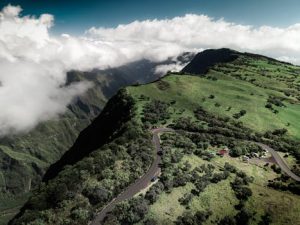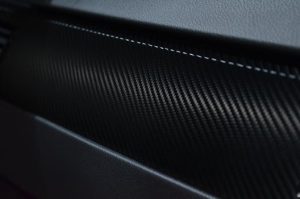Tesla’s Full Self-Driving Tech: The Future of Highway Travel.
In recent years, Tesla has been at the forefront of the automotive industry with their innovative electric vehicles. From their sleek designs to their advanced technology, Tesla has quickly become a household name. One of the most groundbreaking advancements from Tesla is their Full Self-Driving technology, which has the potential to transform the way we travel on highways. In this article, we will dive into Tesla’s Full Self-Driving Tech and explore how it is shaping the future of highway travel.
What is Full Self-Driving Tech?
Tesla’s Full Self-Driving (FSD) technology is an advanced system that allows their vehicles to operate without human input. This means that the car is capable of navigating through traffic, making turns, and even changing lanes on its own. FSD technology is powered by artificial intelligence and utilizes a variety of sensors, including cameras and radars, to gather data and make decisions.
The Evolution of FSD Tech
FSD technology is not a new concept for Tesla, as they have been working on the development of this system since the company’s inception. The first step towards FSD was the introduction of Autopilot in 2015, which allowed Tesla vehicles to have limited self-driving capabilities, such as maintaining speed and staying in their lane. However, with the advancements in technology and Tesla’s determination to make fully self-driving cars a reality, the company has continued to push the boundaries.
How FSD Tech Works
The main components of FSD technology are cameras, radars, and ultrasonic sensors. Tesla vehicles are equipped with eight cameras that provide a 360-degree view of the car’s surroundings. The radars, on the other hand, are used to detect and measure the distance of objects in front of the car. To complement these sensors, ultrasonic sensors are placed around the car to detect nearby objects and help with parking and low-speed maneuvers.
Training FSD with Data
One of the critical aspects of FSD technology is the data used to train the system. Tesla gathers and stores data from all of their vehicles equipped with FSD hardware, which is then used to teach the AI algorithms to make more accurate decisions. This data includes images, videos, and sensor readings from real-world scenarios, allowing FSD to continuously learn and improve.
The Future of Highway Travel
FSD technology has the potential to revolutionize highway travel. Not only will it make road trips more enjoyable for drivers, it also has the potential to improve road safety and reduce congestion. According to a study conducted by the National Highway Traffic Safety Administration, 94% of all car accidents are due to human error. FSD technology can eliminate or reduce these accidents by removing the human element from controlling the vehicle.
Benefits of FSD Tech
In addition to safety, FSD technology also has several benefits for drivers. It can reduce fatigue on long drives, allowing drivers to rest and be more alert when they do have to take control of the vehicle. It can also save time by navigating through traffic more efficiently, and the advanced sensors can detect hazards that may not be visible to the human eye.
Challenges and Criticisms
Despite all of the potential benefits, FSD technology is not without its challenges and criticisms. The main concern is the reliability of the system. While Tesla vehicles equipped with FSD technology have proven to be relatively safe, there have been a few high-profile accidents involving FSD. This has raised concerns about the accuracy and limitations of the system, particularly in complex driving situations.
Continued Development
Tesla has acknowledged the challenges and continues to work on improving and perfecting their FSD technology. The company has been conducting beta testing with select customers to gather more real-world data and fine-tune the system. In the future, Tesla plans to expand the use of FSD technology to other driving scenarios, such as city driving and parking.
The Future is Here
Tesla’s Full Self-Driving technology is groundbreaking, and it is no surprise that other automakers are now racing to develop similar systems. With the potential to improve road safety, reduce congestion, and make highway travel more convenient and comfortable, FSD technology is undoubtedly the future of automotive travel. While challenges and criticisms remain, it is clear that Tesla is dedicated to perfecting their FSD technology and making fully self-driving cars a reality.
Conclusion
Tesla’s Full Self-Driving technology is an incredible advancement that has the potential to transform the way we travel on highways. By utilizing advanced sensors and artificial intelligence, Tesla vehicles equipped with FSD technology can navigate through traffic and make decisions on their own. While there are challenges and criticisms, the potential benefits of FSD technology far outweigh the risks. As Tesla continues to develop and improve the system, we can expect to see more fully self-driving cars on the road and a significant shift towards a safer and more efficient future of highway travel.








